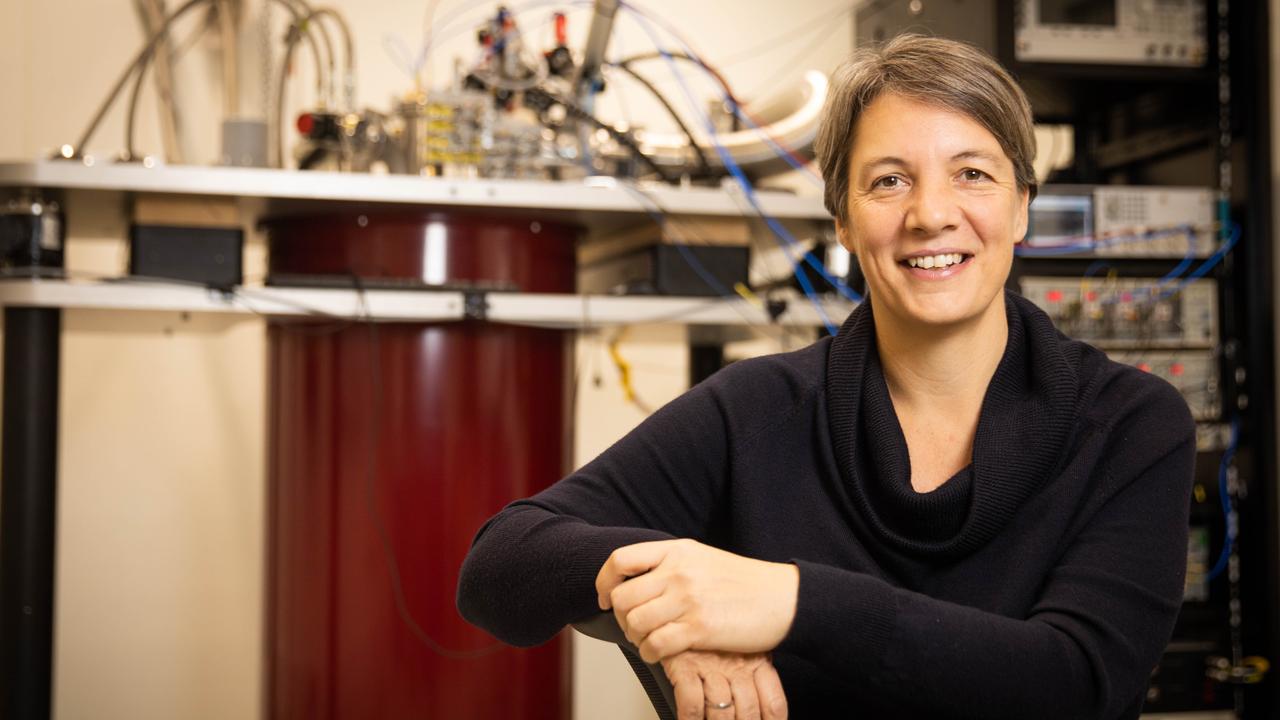Fred Watson is Australia’s first ever astronomer-at-large
Newly appointed Science Minister Karen Andrews has appointed eminent star gazer Fred Watson as Australia’s first ever astronomer-at-large.

In today’s Higher Ed Daily Brief: super-sized astronomer, quantum breakthrough
Large brief for Fred
Australia now has an astronomer-at-large. Newly appointed Science Minister Karen Andrews has appointed eminent star gazer Fred Watson to the new post with the task of helping to promote Australia’s astronomy and astrophysics capabilities within the country and overseas.
“Professor Watson will use his expertise as a science communicator to inspire and excite young people’s interest in STEM (science, technology, engineering and maths subjects), and encourage all of us to think about our place in the universe,” Ms Andrews said.
She said it was an important time for Australian astronomy with the new square kilometre array radio telescope being built and the new Australia-European Southern Observatory partnership, which will allow Australian researchers to use eight metre diameter telescopes in the Chilean Andes.
Ms Andrews said that Professor Watson, who is already well-known for his public advocacy of astronomy, would work with industry and government as well as the public. “Professor Watson has made an enormous contribution over a long career to science and science communication. It is tremendous to have such an experienced and high-profile Australian astronomer in this role,” she said.
Professor Watson said he was delighted and humbled by the appointment.
Tiny quantum camera
An international team led by Australian National University scientists has invented a tiny camera lens, 100 times thinner than a human hair, which holds the promise of linking quantum computers to high speed fibre optic communications networks. ANU says the lens is made of a silicon film with millions of ultra-small nano structures that form a “metasurface” which “can control light with functionalities outperforming traditional systems”.
The ANU researchers say that their new device “offers a compact, integrated and stable solution for manipulating quantum light” and can be fabricated with techniques similar to those already used to make conventional computer chips.
The work was carried out at ANU’s Nonlinear Physics Centre in collaboration with researchers at the Oak Ridge National Laboratory in the United States and the National Central University in Taiwan.


